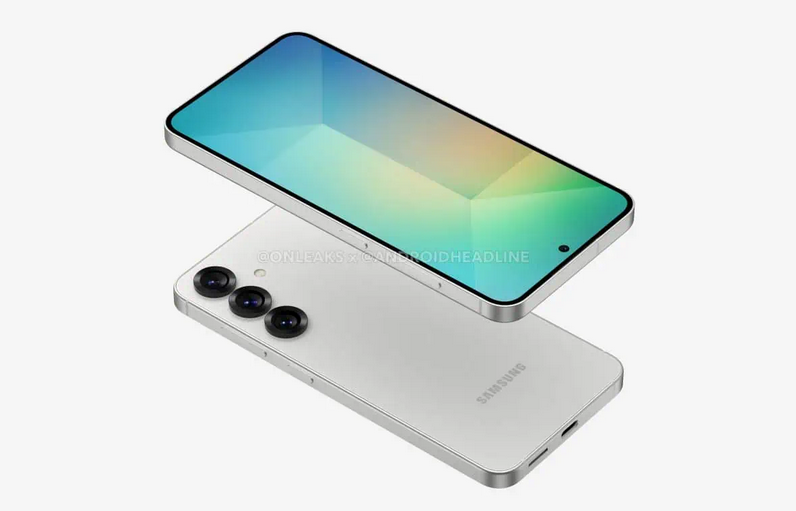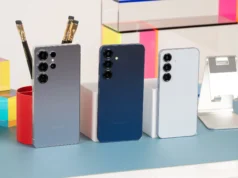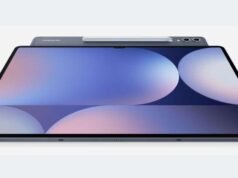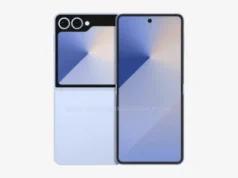As anticipation builds for the Samsung Galaxy S25 series, a new leak reveals that its charging speeds might not meet the high expectations set by competitors. According to Gizmochina, the Galaxy S25 and S25 Plus will stick to familiar territory, offering no significant upgrades in charging speeds compared to previous models.
Charging Speeds Remain Unchanged
Information obtained from China’s 3C certification website indicates that the Galaxy S25 (model number SM-S9310) will continue to support 25W fast charging. This is the same charging speed Samsung introduced with the Galaxy S20 series back in 2020. The Galaxy S25 Plus (model number SM-S9360), on the other hand, will support 45W fast charging—again, the same as the S24 Plus.

While 25W and 45W may have been respectable in previous years, they now feel underwhelming as other brands like OnePlus push the envelope with devices that support 80W or even 100W fast charging. For a flagship set to launch in 2025, these speeds feel like a missed opportunity, especially for the base Galaxy S25, which remains stagnant at 25W.
Despite this, Samsung has a loyal fanbase, and sales of the Galaxy S25 series are still expected to be strong. However, the slower charging speeds might not appeal to users who prioritize fast charging in their daily use.
Galaxy S25 Ultra: More Innovation Expected
The Galaxy S25 Ultra, which has also passed through 3C certification, may hold more promise in terms of innovation. While the Ultra model will reportedly maintain the same 45W fast charging, it is expected to feature more advanced technology in other areas. Notably, the Ultra could be Samsung’s first smartphone to include satellite connectivity, a feature becoming more common among premium smartphones.
In terms of battery life, the Galaxy S25 series will stick to the same capacities found in previous models. The S25 will have a 4,000mAh battery, the S25 Plus will have a 4,900mAh battery, and the S25 Ultra will pack a 5,000mAh battery. While these battery sizes are fairly standard for flagship phones, they work well in tandem with Samsung’s energy-efficient hardware and software optimizations.
No Charger Included
The leaks also confirmed that, like previous Samsung devices, the Galaxy S25 and S25 Plus will not include a charger in the box. This trend, which started with the Galaxy S21, has been adopted by many major manufacturers as part of sustainability efforts and cost-saving measures. While some users have adjusted to this practice, others may find it inconvenient, especially for those upgrading from much older devices that use different charging standards.
Samsung Facing Tough Competition
Samsung’s decision to stick with 25W and 45W fast charging raises questions about its strategy in the face of growing competition. Brands like OnePlus and Xiaomi have consistently outpaced Samsung in terms of charging technology, offering 80W or 100W charging capabilities even in their mid-range devices. Faster charging significantly reduces the amount of time users spend tethered to a charger, making it a valuable feature for many.

Samsung seems to be relying more on brand loyalty, overall device quality, and software experience to retain its customer base, but that may not be enough for users who expect cutting-edge features in every aspect of a flagship device.
Looking Forward to 2025
Despite the lack of innovation in charging speeds, the Galaxy S25 series still holds the promise of new features and improvements, especially in its Ultra model. The introduction of satellite connectivity and potential refinements in display technology and camera performance will likely be the highlights of the S25 series.
While faster charging would have been a welcome addition, Samsung’s overall package still stands as one of the most well-rounded in the smartphone market. For users who aren’t as focused on charging speeds, the S25 series is likely to deliver a premium experience across the board.
Ultimately, the Galaxy S25’s slower charging speeds may not stop its success, but it does raise questions about how Samsung plans to compete with rivals that continue to push the limits of fast charging.
via






